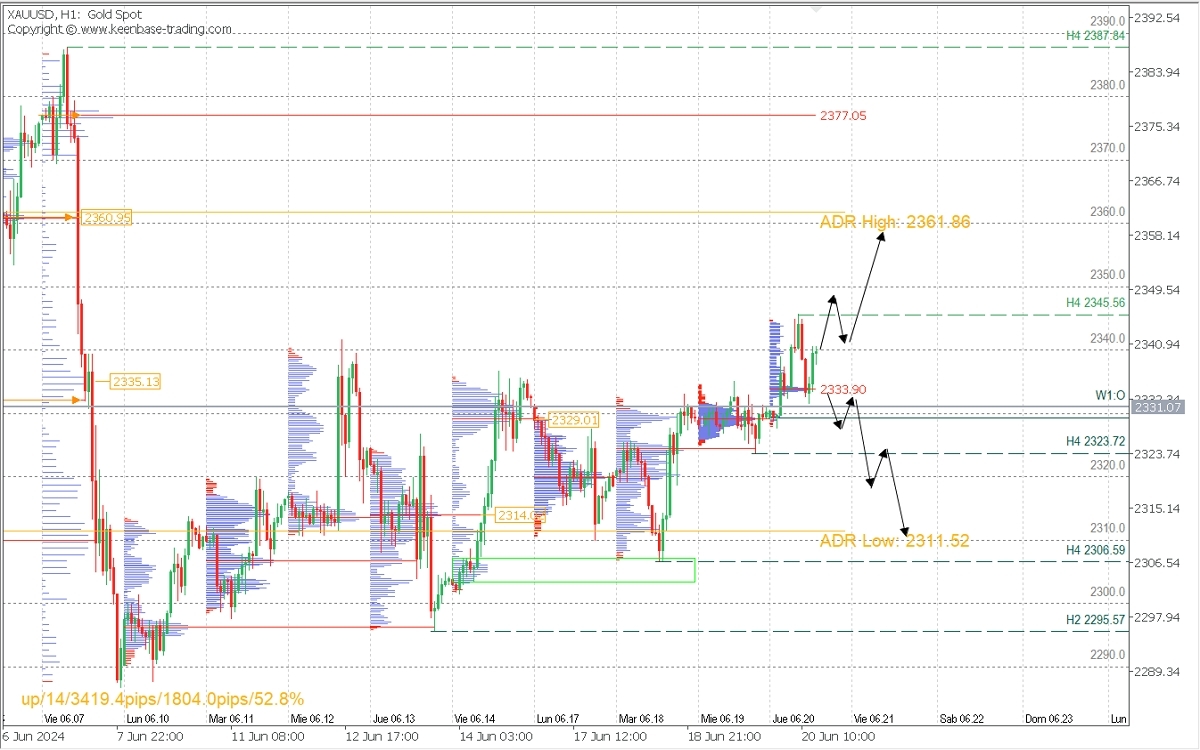- Bearish Scenario: Sell below 159.50 with TP1: 159.00. Only if a decisive break occurs, TP2: 158.42 will be activated. If prices remain below 159.00, consider TP3: 157.88, with an SL at 180.00 or at least 1% of the account's capital.
- Bullish Scenario: Wait for a retracement to 159.00 and place a buy-stop order at 159.10 with TP1: 160.00 and TP2: 160.20, with an SL below 158.60 or at least 1% of the account's capital. Apply a trailing stop.
Fundamental Analysis
This week, USDJPY has shown a strong increase driven by several key factors. The Bank of Japan's decision to maintain its bond purchases without reduction has strengthened the dollar against the yen, contrary to expectations of monetary easing.
Economic data such as a weaker-than-expected core consumer price index and PMI data below expectations have also increased bearish pressure on the yen. This has pushed the USDJPY pair above 159, approaching the psychologically important level of 160, especially after better-than-expected US PMI data.
The possibility of Bank of Japan (BoJ) interventions to stabilize the exchange rate could create short-term market volatility. At the same time, the divergence in monetary policies and economic data favours the dollar over the Japanese yen.
Technical Analysis
USDJPY

- Supply Zones (Sell): 160.00
- Demand Zones (Buy): 158.96, 158.42, 157.88
After a bullish week that has accelerated the ascent, the price seeks to challenge the BoJ limit zone around 160.00. This scenario is possible following a price correction towards the volume concentration of the day around 158.96. Be aware that high volatility and a strong pullback could be triggered in this area, confirming the bank's intervention to stop the yen's depreciation.
On the other hand, a decisive break below the demand zone at 158.96 will open the way for a broader correction towards the next demand zone around 158.42, potentially activating a new rally towards the 160.00 zone or towards 159.00, which would offer a technical exhaustion scenario.
*POC (Point of Control): The level or zone where the highest volume concentration occurred. If a bearish movement follows from this level, it is considered a selling zone and forms a resistance zone. Conversely, if a bullish impulse occurred, it is considered a buying zone, usually located at lows, forming support zones.
